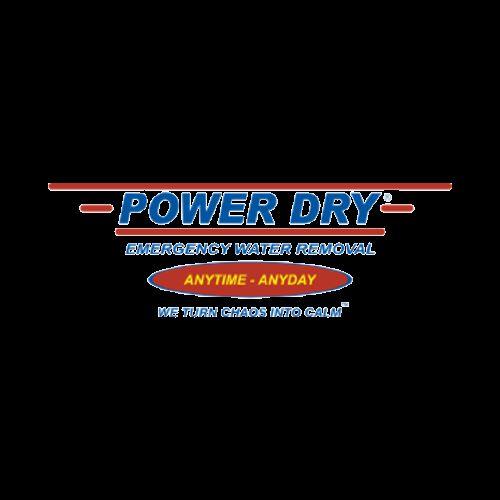
1 minute read
Understanding the Severity of the Sewage Spill
The first thing you need to do is to assess the severity of the sewage spill cleanup.Depending on the source and extent of the spill, you may need to contact a professional sewage cleanup company or handle it yourself. Here are some factors to consider:
❖ The Source of the Spill: Sewage spills can be caused by various factors, such as clogged or broken pipes, sewer backups, septic tank overflows, or flooding. The source of the spill determines the type and level of contamination. For example, sewage from a toilet overflow may contain fecal matter and urine, while sewage from a sewer backup may contain industrial chemicals and stormwater runoff.
Advertisement
❖ The Extent of the Spill: The extent of the spill refers to how much sewage has spilled and how far it has spread. The extent of the spill affects the amount of damage and the difficulty of cleanup. For example, a small spill confined to a bathroom may be easier to clean than a large spill that has affected multiple rooms or floors.
❖ The Duration of the Spill: The duration of the spill refers to how long the sewage has been sitting on your property. The longer the sewage stays on your property, the more damage it can cause and the more health risks it can pose. For example, sewage that has been sitting for hours or days may have soaked into porous materials, such as carpets, drywall, and wood, and may have grown mold and bacteria.

Safety Precautions and Protective Gear
Before you start any cleanup work, you need to take some safety precautions and wear protective gear. Sewage spills can expose you to various health hazards, such as infections, allergies, and injuries. Here are some safety tips tofollow:
❖ Evacuate the Affected Area: If possible, evacuate everyone from the affected area until the cleanup is complete. This will prevent exposure to sewage and reduce the risk of cross-contamination. If you have pets or children,keepthemawayfromthespillsite.
❖ Wear Protective Gear: You need to wear protective gear when dealing with sewage spills. This includes rubber gloves, boots, goggles, mask or respirator, and waterproof clothing. This will protect you from contact with sewage and prevent inhalation of harmful vapors.
❖ Avoid Contact with Sewage: You should avoid direct contact with sewage as much as possible. Do not touch, smell, or taste any sewage or contaminated materials. Do not eat or drink anything in the affected area. Wash your hands thoroughly with soap and water after handling any sewage or contaminated materials.
❖ Turn off Electricity and Gas: If there is any risk of electrical shock or fire hazard due to the sewage spill, turn off the electricity and gas supply to the affected area. This will prevent accidents and injuries. You can use a flashlight or battery-powered lantern for lighting.



